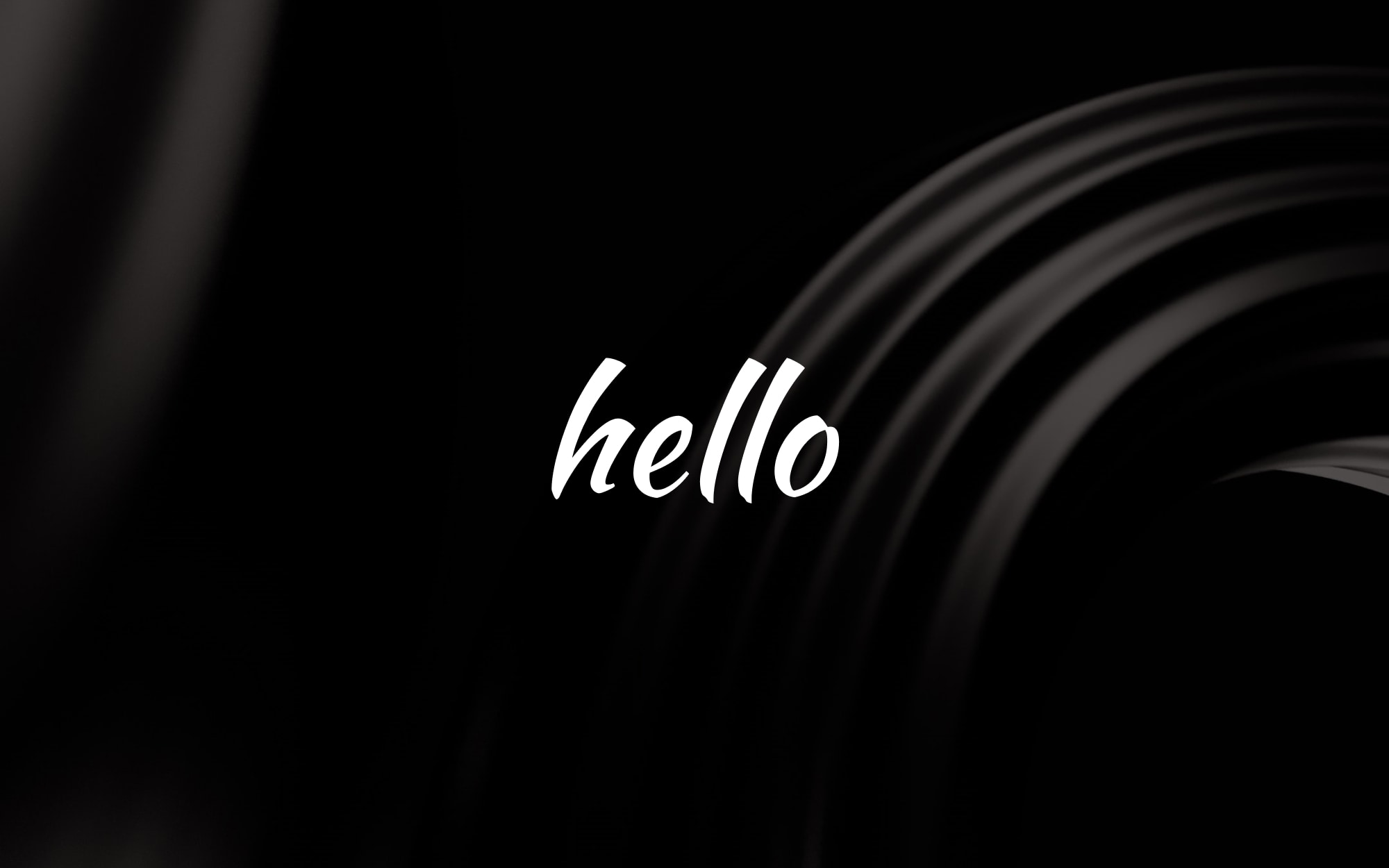The Four Routines of the ZeroPoint Syllabus
Action films have got a lot to answer for. Despite our best efforts, we meet a few students who continue thinking that just because they are holding a rifle they're gonna hit what they think they are aiming at. I have a recurring joke that ammunition manufacturers haven't yet developed a bull's-eye seeking pellet. Parents at least, sometimes find it funny. The thing is, shooting is incredibly complex and frequently counter intuitive.
During an ISSF international coaching course I attended, shooting was reduced to 2 component parts - the Body/Rifle Relationship and the Shot Process. Now, the secret of good teaching is to be able to simplify complex things and this certainly worked for the room full of adults. You pitch this concept to a class of 8 to 15-year-olds who have never shot before and you will be met with a wall of blank faces.
I like to think of the Four Routines as similar to an exploded technical diagram of something like an engine or vehicle. It helps you understand the component parts and where they fit. It also helps you use them in the right order.
Shooting is an endurance sport so efficiency is paramount, doing things right the first time prevents wasted effort. Mistakes are costly. I don't believe apathy is an entirely negative quality, it's driven me to create a modular system for successful shooting that grows along with the shooter. My Four Routines aren't limited to a specific shooting discipline, they are universal and can be adapted to almost every target sport.
Essentially, the Body/Rifle Relationship is describing the way we point, or align, the rifle in a given direction. To make the "body rifle relationship "accessible for new students I had to break it down into three routines:
Routine 1 - Firing Point Preparation
The firing point is our cockpit of operations. We need to have all the equipment necessary to conduct our shoot. This equipment needs to be set up so we are able to use it effectively within the space of our firing point. The layout of our firing point is likely to determine the future alignment of our rifle.
Routine 2 - Building Our Position
Our position is the shape and structure of our body. Our youngest shooters aged from 8 to 12 years old shoot in the seated position. From 12 years, they move onto the standing position. We introduce students to the prone position, lying down on your front, as well as the kneeling position. It doesn't matter which position you use, the principal remains the same. The structure of our position needs to efficiently transfer the weight of the rifle into the ground and the shape of our position needs to align with our target.
Routine 3 - Picking Up and Supporting the Rifle
We must remember to adhere to all safety rules when we take control of a rifle. Another of my wasted jokes is the instruction “Gun control means using both hands!”, these small things keep me going. Once you have a rifle in your hands, you are responsible, trust is being put into you by all those around you. Know and learn how to remain safe as you manipulate a potentially dangerous object under your control. Then we are back to apathy! We support a rifle, we don’t hold it. Holding implies effort, effort saps endurance...none of that, thank you!
With the Body/Rifle Relationship sorted we may then begin the part that everyone wants start first:
Routine 4 – The Shot Cycle or 'How we get a pellet from the tin/tray and through the target.' Straight forward... yeah?
